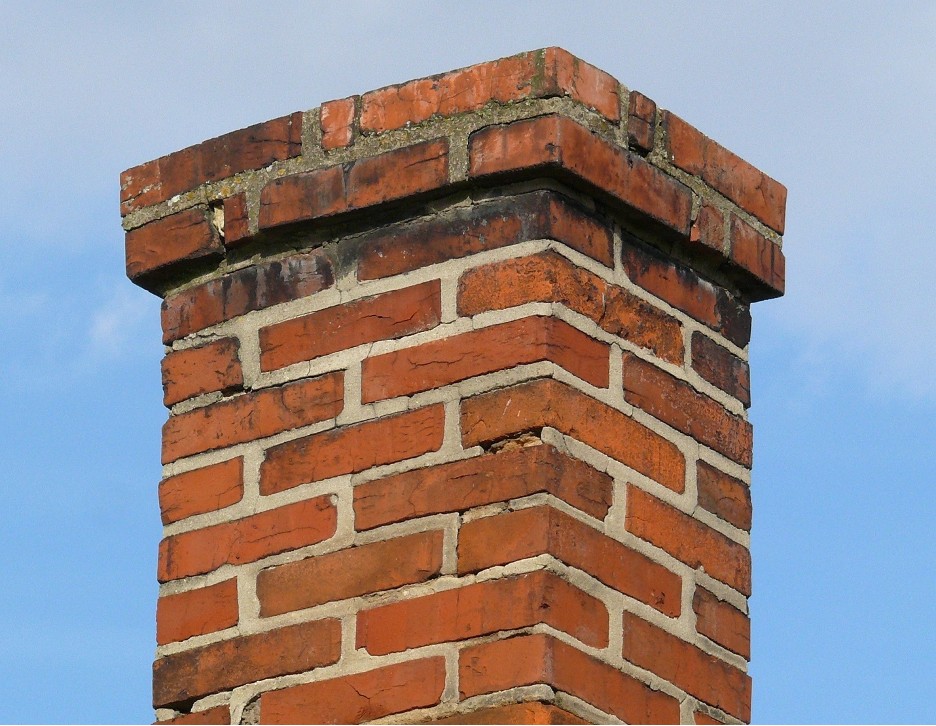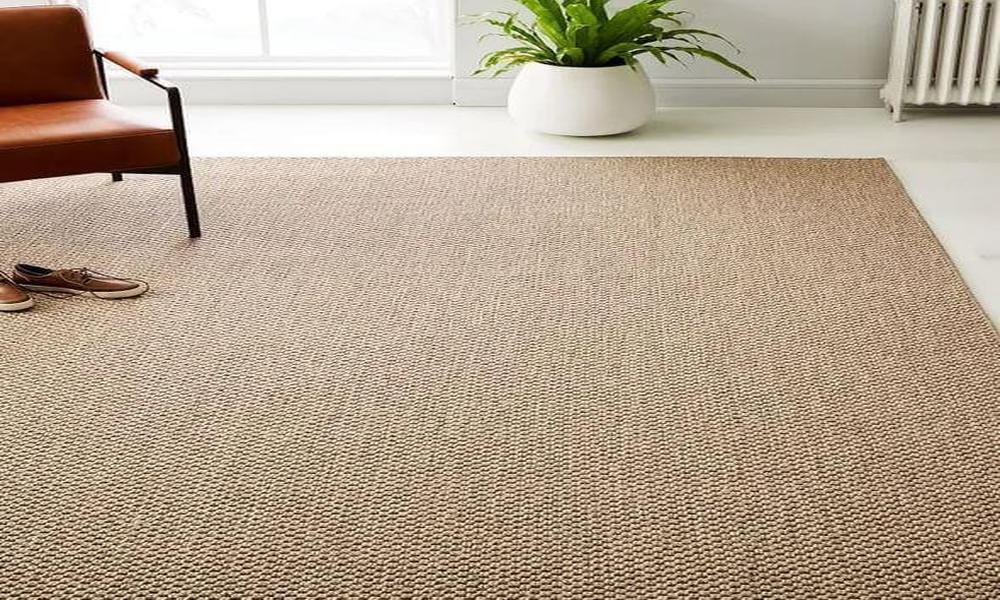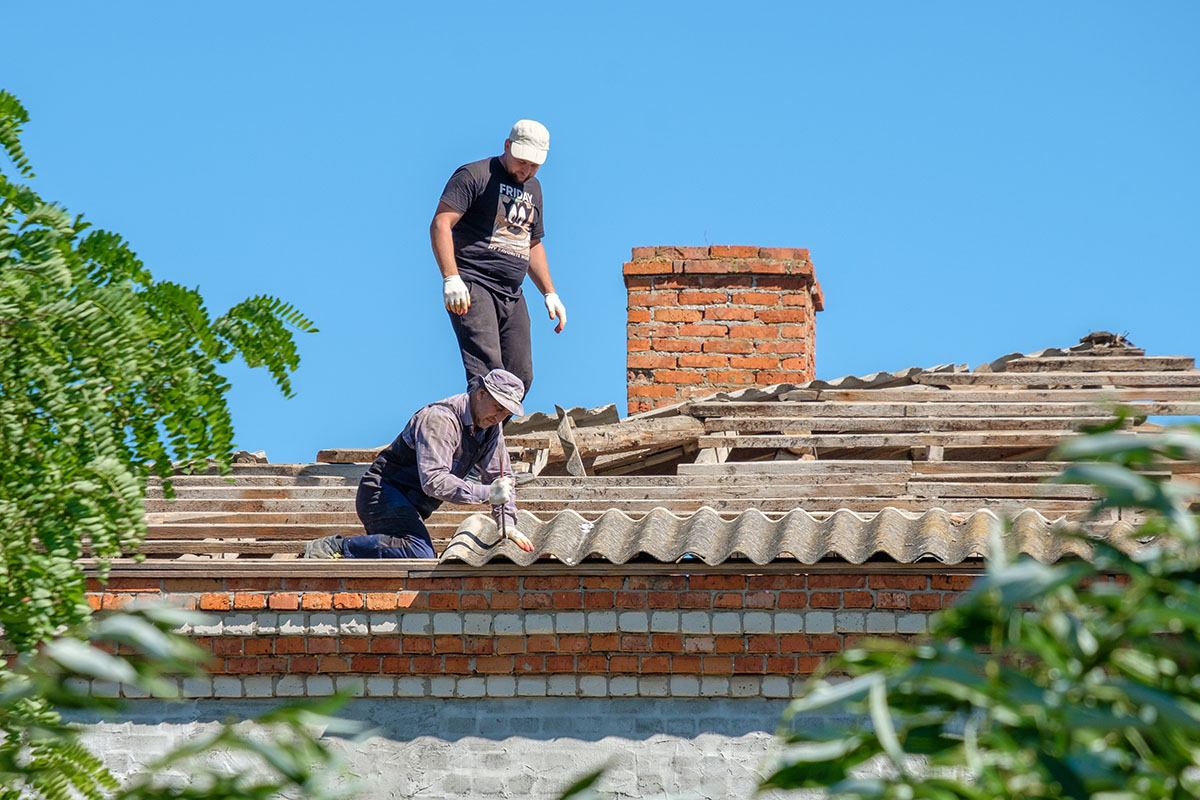
Is your chimney constantly leaking water? Masonry chimneys have a rustic vintage appeal, but aren’t very good at keeping water out.
Water damage in chimneys and fireplaces is a problem many homeowners in Connecticut face. This often surprises them because a fireplace isn’t the first thing that comes to mind when you think of leaks in your house. However, chimney leaks are common, often leading to leaks in other parts of the house.
Types of Water Damage
Water can enter a chimney system through multiple exposed points. Water can impact the normal functioning of chimneys and fireplaces in a few different ways.
1. Masonry Damage — Spalling, Cracking, Displacement
Damage to masonry is especially troublesome because it forms the foundational structure of your chimney. The bricks are usually porous and soak up moisture like a sponge. This makes masonry a primary victim of water damage if exposed to long periods of moisture.
During the winter in Connecticut, water soaked up by the bricks goes through a cycle of freezing and thawing. This process is disastrous for masonry as the bricks start cracking and falling, AKA spalling. Apart from looking like old ruins, it can severely weaken the overall structure of the chimney. Masonry damage is often also the most expensive to fix.

2. Rusting
Rusting often appears in the form of staining or discoloration on the chimney and firebox. This is a sign of water seepage in the chimney.
Rust starts with the discoloration of the chimney’s exterior. If water makes its way inside the chimney, the moist conditions damage its flue liner. When rust reaches the firebox, it may not be safe to use the fireplace anymore. Fireplace rust is a sign that water and moisture exist within the chimney system, and it might already be causing damage elsewhere in the system.
3. Chimney Flue Liner Damage
The flue liner is an essential cog in the chimney system. It separates the chimney wall from the heat and acidic smoke. Damage to the flue liner makes the fireplace unsafe to use. Without a working flue liner, all types of chimney problems can creep in, including creosote buildup and chimney fires.
4. Water Leakage
Water enters through any opening or space that it can flow into. The top of the chimney is consistently exposed to rain and snow. A damaged roof flashing will allow the water to seep into the roof through the chimney. This can leak out into other parts of the house as well. It’s usually visible in the form of wet stains.

How To Avoid Water Damage
Although it’s impossible to completely prevent water damage to your chimney, you can significantly reduce the risks with a little care and routine inspection.
1. Installing a Chimney Cap
One of the reasons your chimney might always be dripping when it’s raining is the lack of a proper chimney cap. A cap prevents rain and snow from entering the flues. This can be effective in preventing internal rust in the chimney. However, this does not work if your chimney structure is cracked and water has multiple other entry points.
2. Repair Damaged Masonry and Mortar
If the bricks and mortar of your chimney are extensively damaged, they might need attention before anything else. Chimney repair will close up the entry points for water and help the chimney retain its structure.
Chimney rebuilding involves demolishing your chimney and reconstructing it. This is the only viable option for visibly cracked masonry. A chimney professional will help you decide whether a complete or partial rebuild will be best for you.
If the masonry is intact with damaged mortar between the bricks, chimney repointing might be your best option. Fresh mortar is pumped between the bricks to renew its look and structure. Repointing is cost-effective if your chimney only needs new mortar.
3. Waterproofing
Fixed masonry still soaks up some water. Though it can never be 100% waterproof, ‘waterproofing’ your chimney is the ultimate way to keep water out. There are a few different ways to contribute to the water resistance of your heating appliance.
Chimney Flashing
A chimney flashing is part of the roof flashing that keeps your home safe from water seepage through the roof and chimney. Proper flashing promises weatherproofing for your chimney. Its metal structure also makes it last for decades.
Waterproofing Products
Several products on the market are available as waterproofing agents for chimneys. They are applied directly to the chimney masonry. While they repel water, these agents allow harmful vapors to pass through. Waterproofing agents last a long time and will minimize water damage risks for your chimney and fireplace.

Chimney repair is a complex task that requires a lot of skill and resources. Creative Masonry & Chimney offers a list of chimney repair services. They are based in Farmington, CT, but also offer chimney services in Wethersfield, Middletown, Cheshire, and surrounding areas.
Their masons and sweeps are fully certified and skilled in handling the latest tools. The team can perform various chimney services, including but not limited to cleaning rebuilding, waterproofing, and installing flashings and caps.
Contact them today and try out their services.




